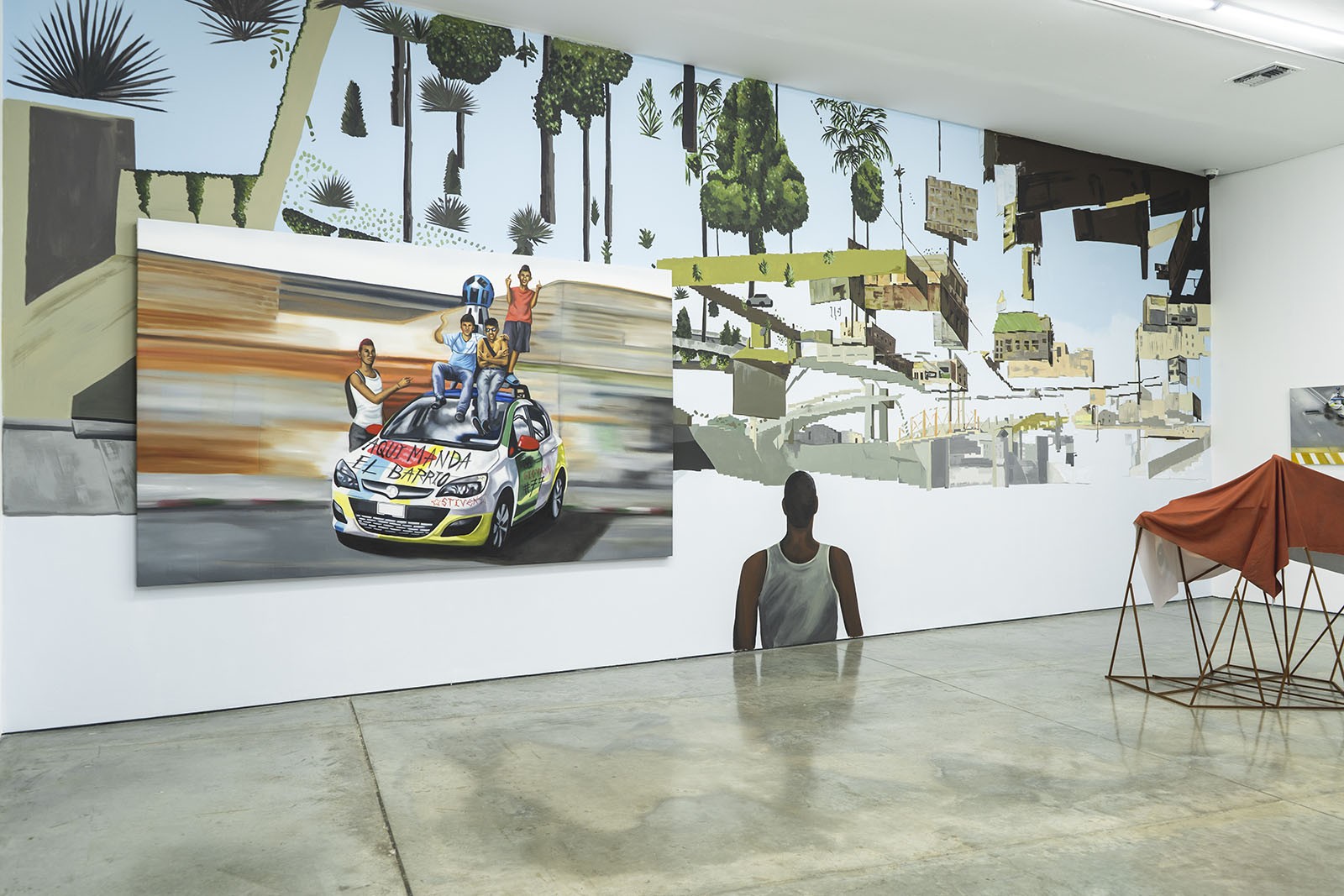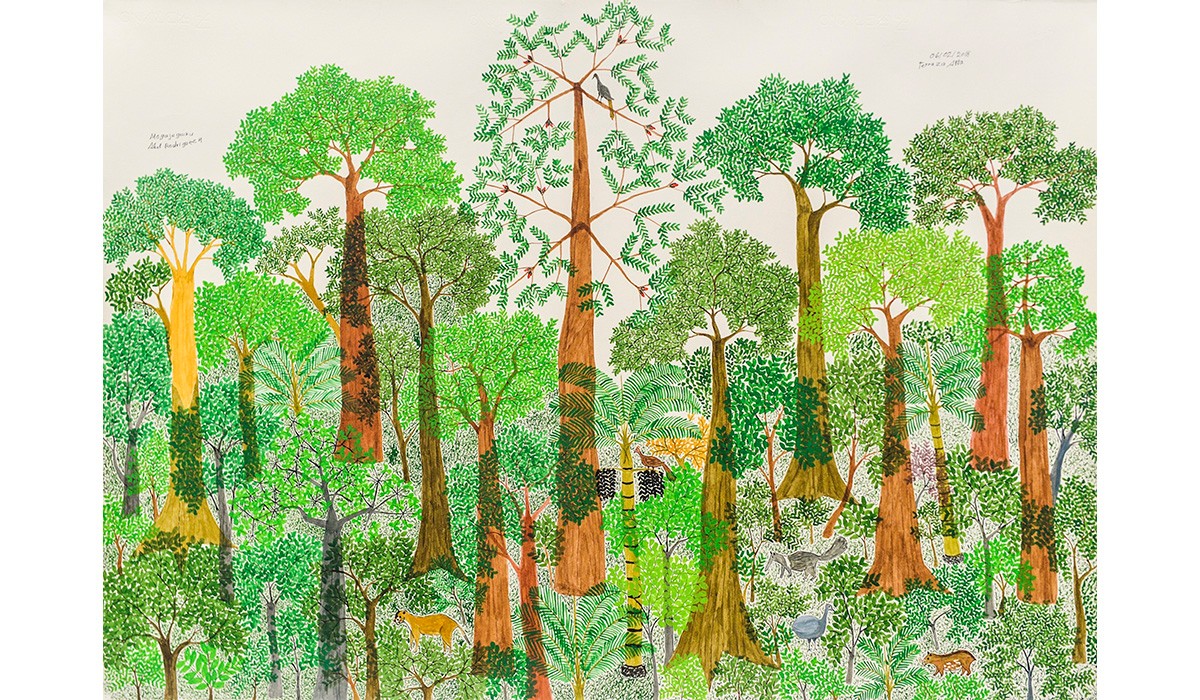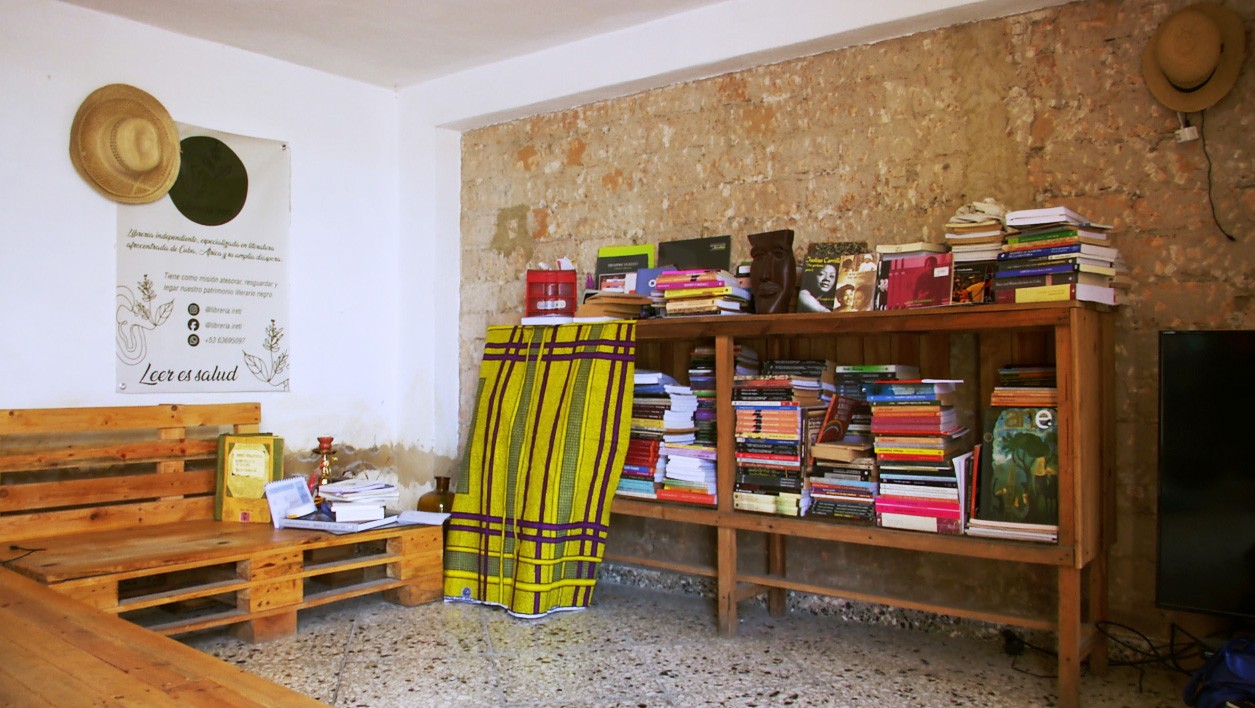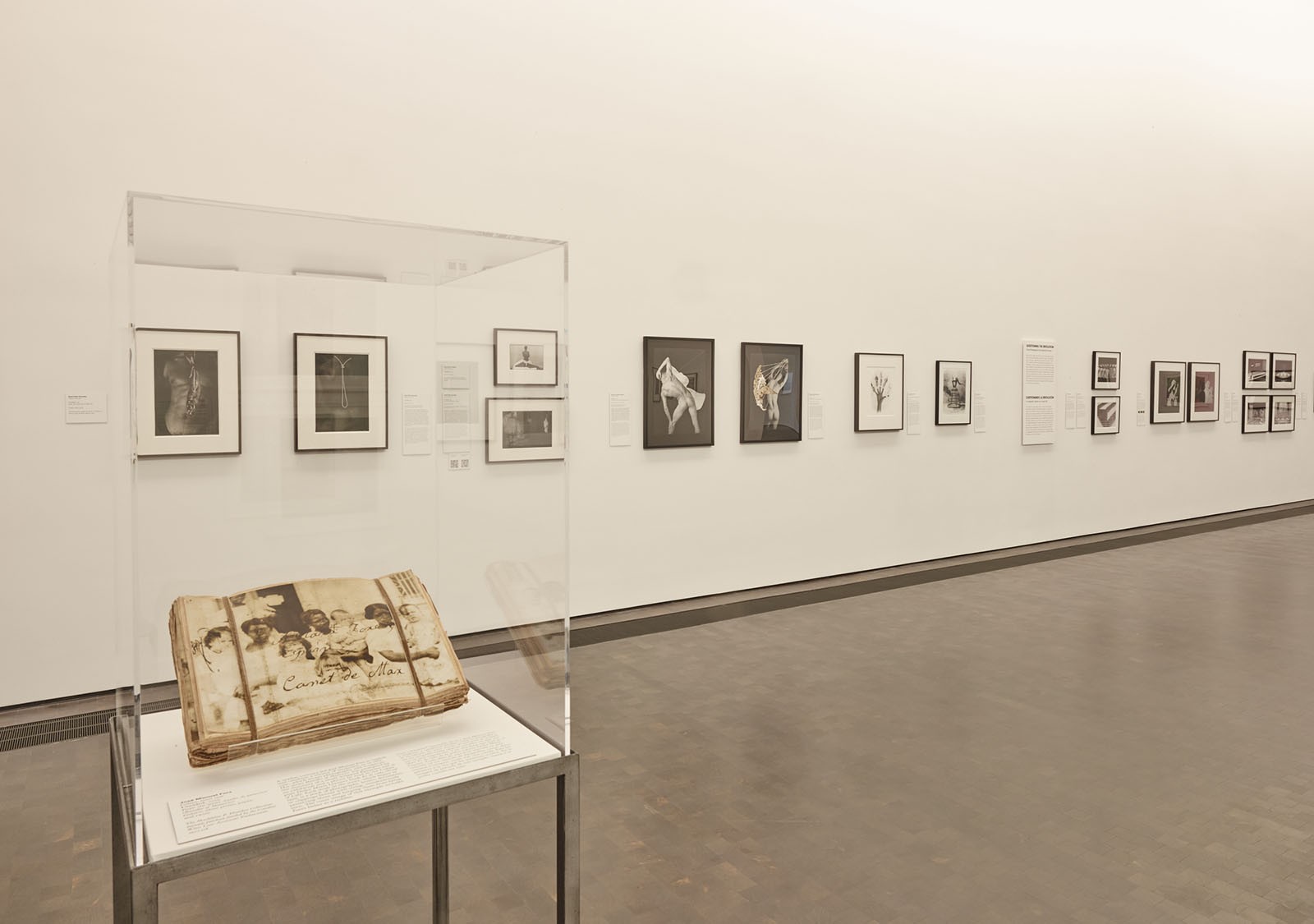Latinx Black History Month
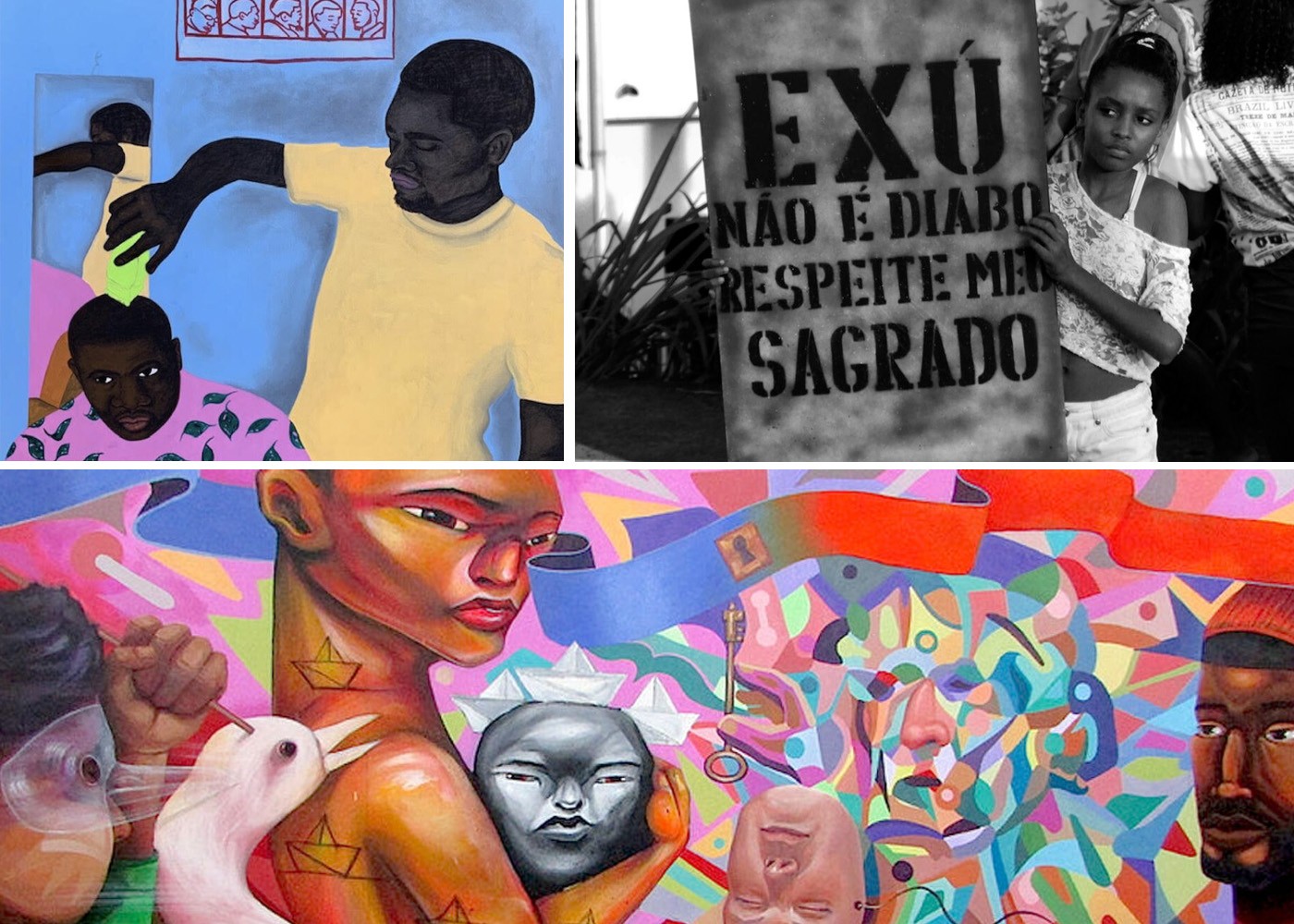
Upper left: Tiffany Alfonseca, Iglesia para hombre, 2020. Courtesy of the artist. Upper right: People’s demonstration against religious intolerance, 2019. Zumvi Archive. Photo: Lázaro Roberto. Below: Mural by Entes&Pésimo. Photo: Heriberto Paredes.
16 February 2022
Magazine América Latina Magazine
2 min de lecture
From Colombian picó to Haitian migration in Cuba, these are some of the stories that have shaped Afro-Latinx cultures.
<em>Letter From... Haiti</em> “The Risks Are Higher Than Ever Before”
Artist Tessa Mars reflects about the political and social situation in Haiti in the past months.
<em>An Island Within an Island</em>
<strong> Haitians in Cuba – “Two Homelands, One Blood”</strong>
Filmmaker Esery Mondesir discusses his new documentary “Una Sola Sangre”, about Haitian communities in Cuba.
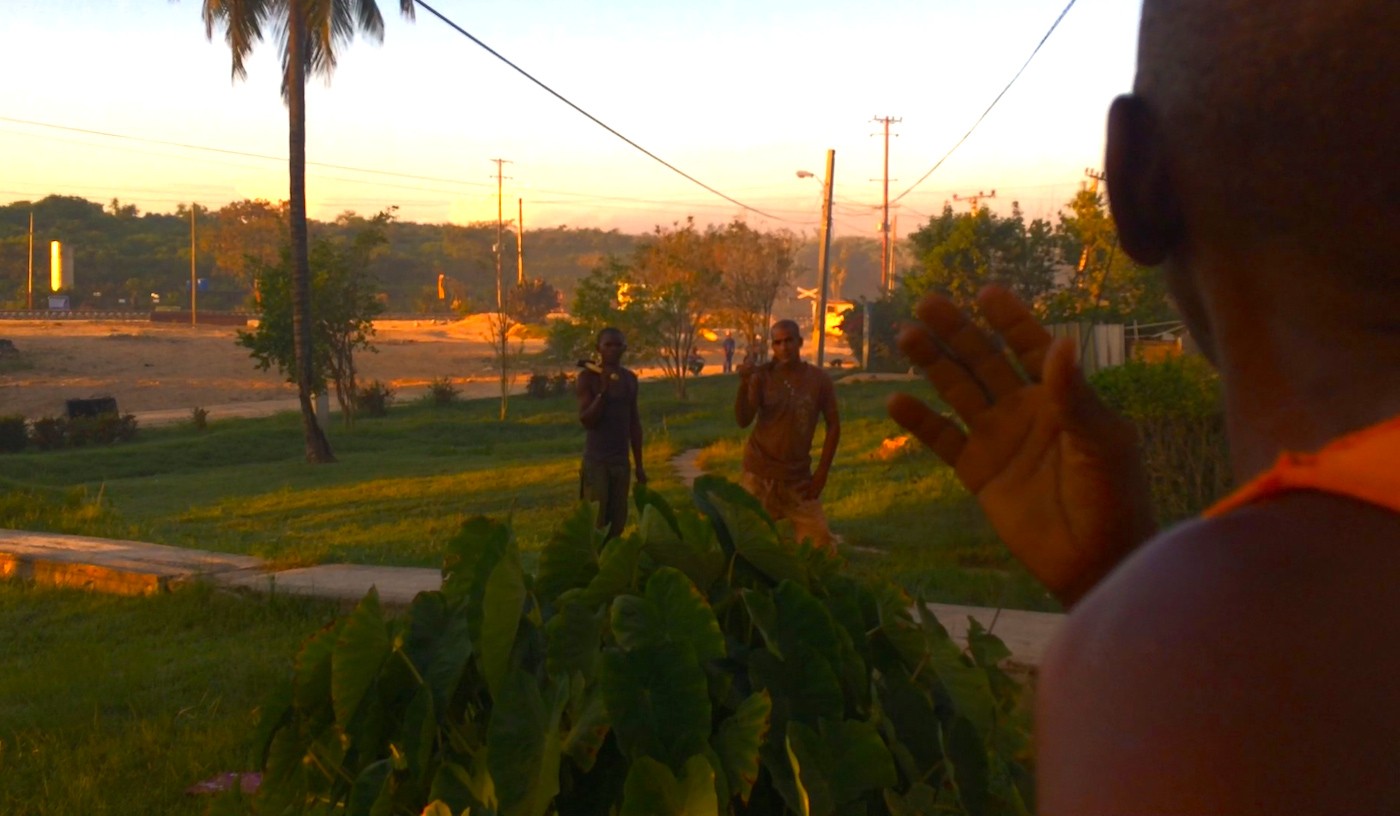
Esery Mondesir, from the film “Una Sola Sangre”, 2018. Courtesy of the director.
<em>Zumvi Archive</em>
<strong> Black Image Memory</strong>
Dedicated to photographic memories of Black populations, the Zumvi Archive has been documenting the history of Afro-Brazilians for three decades.
<em>Africa-Brazil</em> Artists in Transit in the 1960s and 1970s
In building bridges with Africa, Brazil’s military dictatorship did not hide its intentions to reinforce the country’s supposed racial democracy.
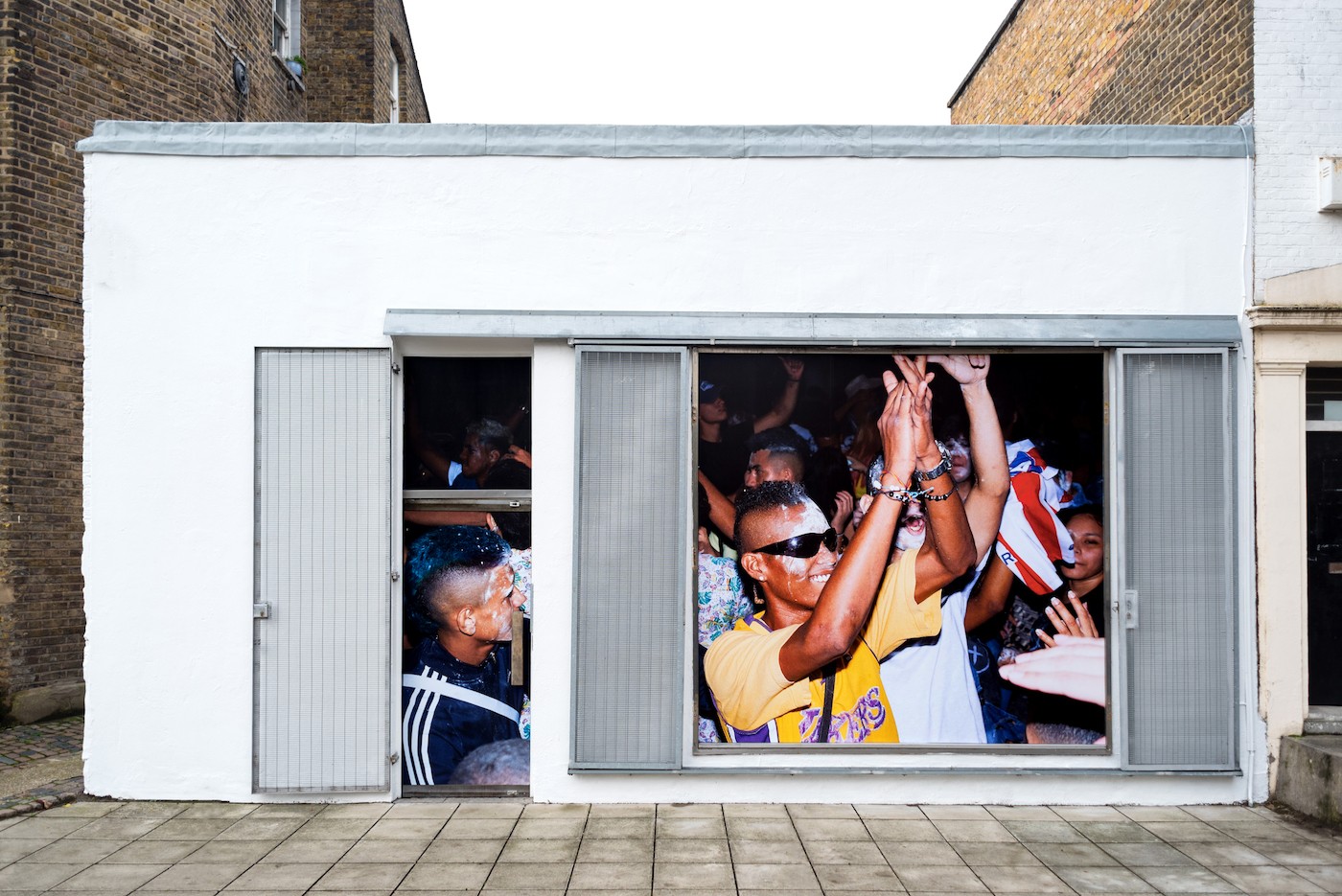
Jim C. Nedd, Fiesta en guacherna, Barranquilla, 2020. Installation view at Auto Italia, London, 2020. Photography: Lucy Parakhina. Courtesy of Auto Italia.
<em>In Conversation with Jim C. Nedd</em>
<strong> A Musical Portal to Africa in the Caribbean</strong>
A talk about the Colombian Caribbean musical culture of the “Picó” and multiple identities in the Caribbean in relation to Africa.
<em>Blacks, Chinese And Natives in Peruvian Graffiti</em> Speaking Walls
In Peru, young artists are exploring their roots – while trying to change the way the Latin American country regards itself.
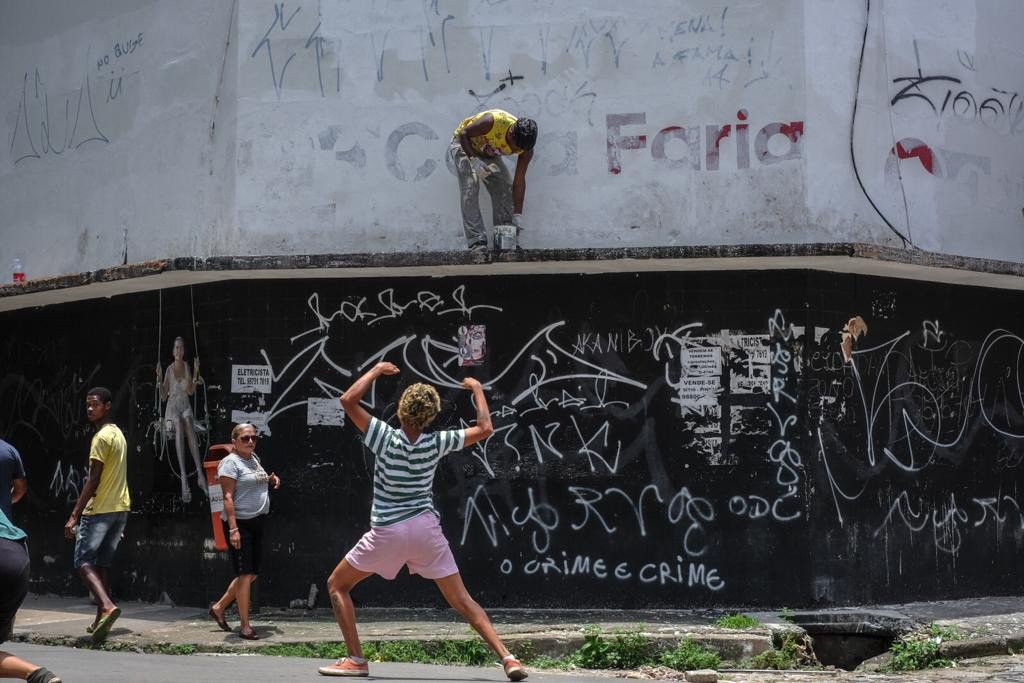
Corpography of graffiti, 2019. Photo Miguel Salvatore.
<em>In Conversation with Tiffany Alfonseca</em> "The Representation Of Afro-Latino Culture Is Essential"
The Dominican-American artist talks about art, her roots and her new series In Quarantine.
<em>In Conversation with Gê Viana</em>
<strong> Confronting the Traumas of Colonization</strong>
The Brazilian artist speaks about her indigenous and black roots as trademarks of her work permeated with different languages.
Plus d'articles de
Subscribe to our CONTEMPORARY AND (C&) newsletters for a curated dose of what matters most


